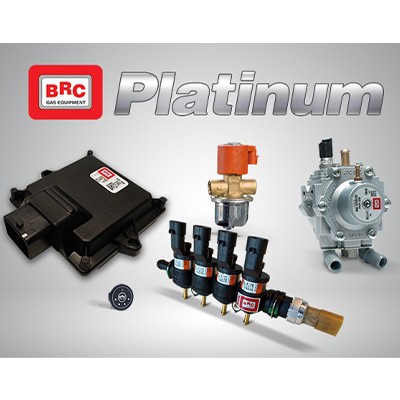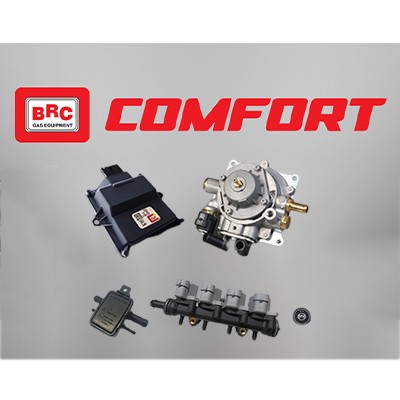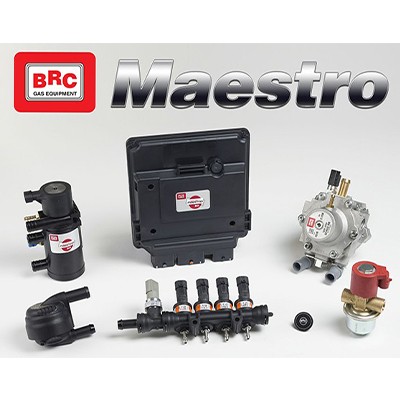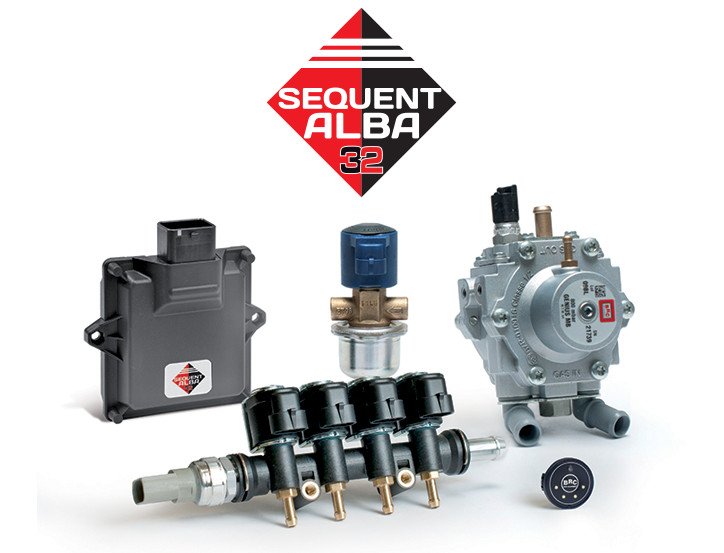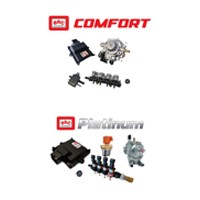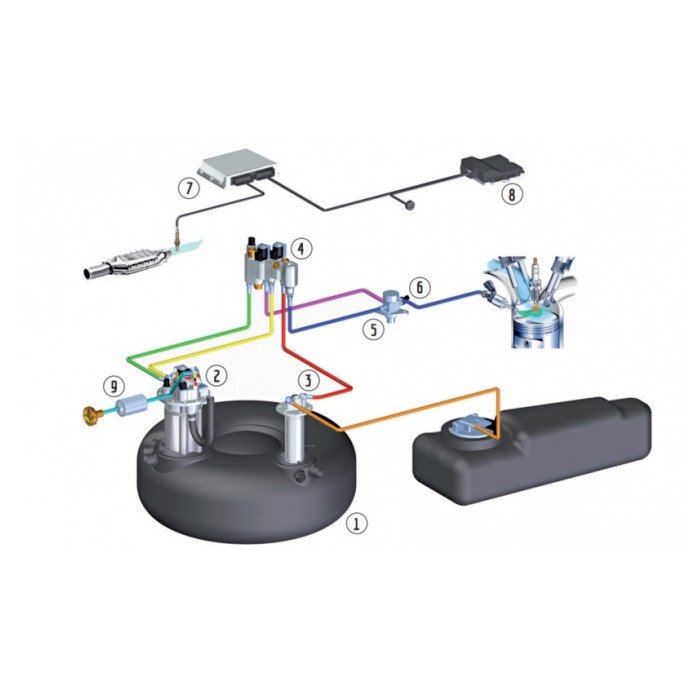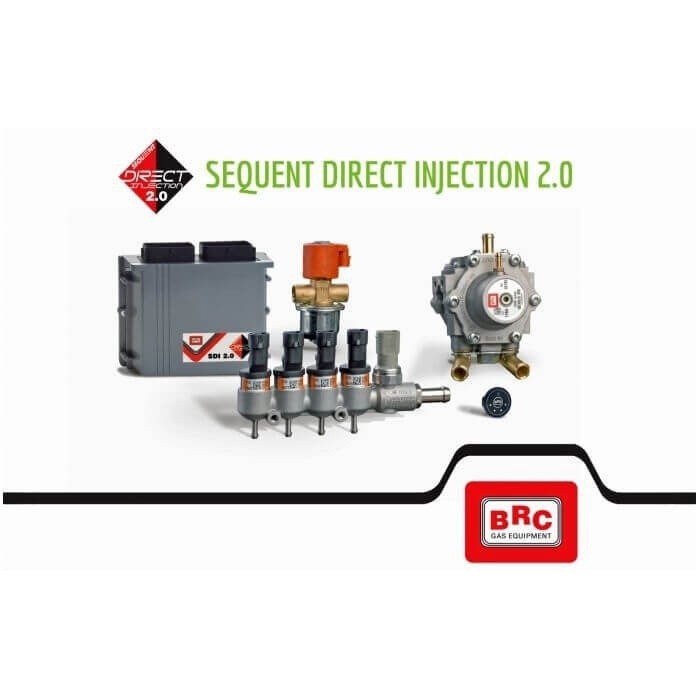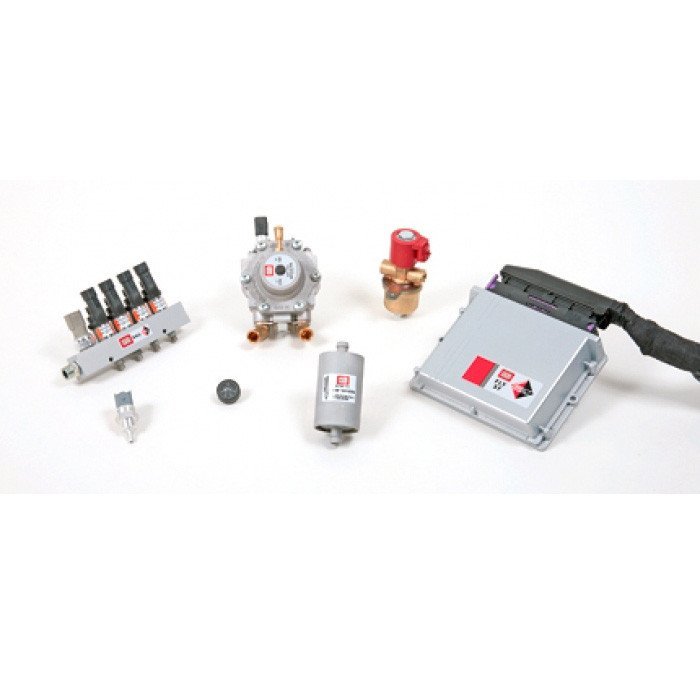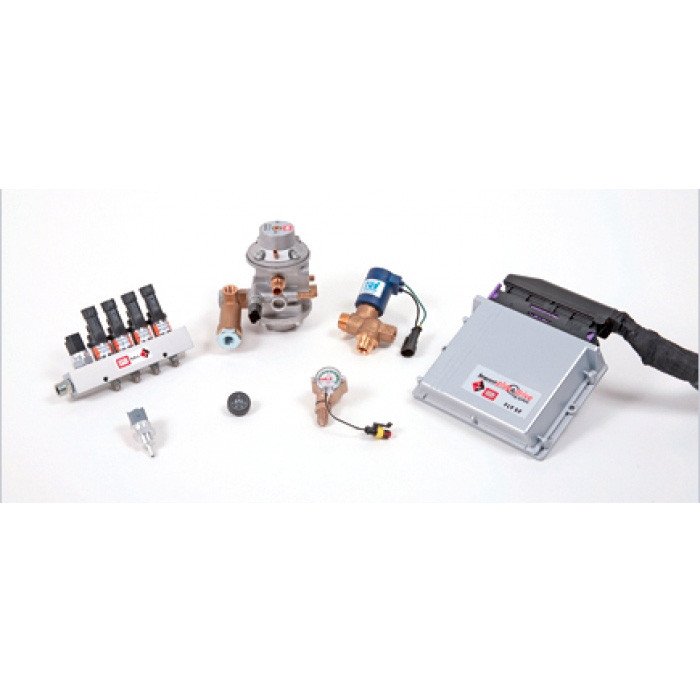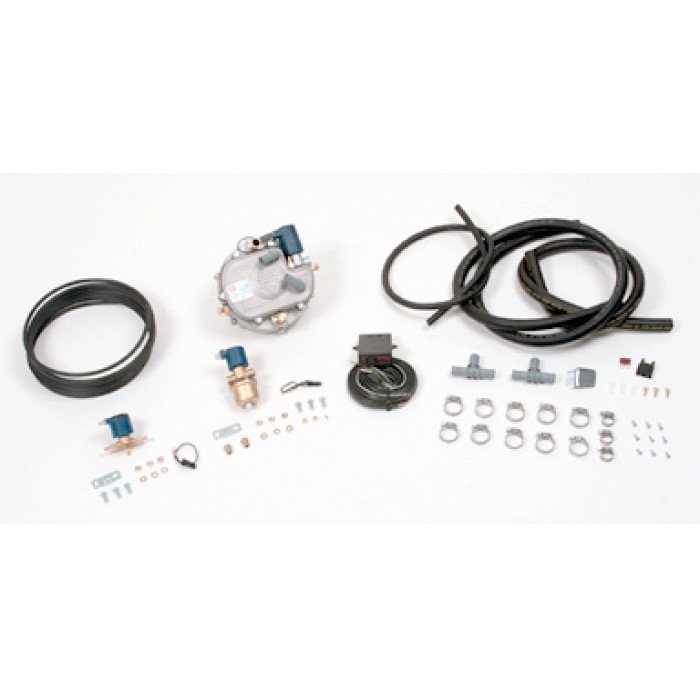

LPG vehicle tanks are in the status of pressure vessels and are manufactured to withstand a maximum gas pressure of 115 atmospheres and external factors. It preserves LPG gas safely. There are two types of gas tanks, cylinder and toroidal ( Simit). Generally, 3 - 4 mm thick steel sheet is used in this type of tanks. These sheets are combined with x-ray seam welding system. LPG Tanks must meet the ECER 67 standard. LPG tanks cannot be used for more than 10 years. Tanks that have reached the end of their life must be destroyed. The gas tank is made of plastic. The plastic gas tank is very easy to pierce and tear in case of an accident. Therefore, LPG Tank is safer in case of accident.
What is CNG?
Compressed Natural Gas , which means compressed natural gas, is obtained by compressing the existing gas in pressure resistant tanks at values between 3000 and 3600 PSI. CNG with high flammability is formed as a result of this process. Since CNG is in the form of gas, its volume has a very high volume. On the other hand, it needs larger storage areas. This is why it is not used much in passenger cars. It is more efficient in terms of both performance and consumption compared to LPG. In Turkey, the CNG system is used in more public transport.
Gasoline engines can work with gasoline and natural gas whenever desired, as in LPG conversions. The biggest problem in the conversion of gasoline engines is the storage of natural gas on the vehicle. Natural gas (CNG) cylinders are very heavy and take up a lot of space in the vehicle.
CNG is a clean, odorless and non-corrosive, caustic and non-corrosive alternative fuel, it is cheaper, efficient and environmentally friendly compared to traditional fuels such as petrol and diesel (www.cng.co.tt/ what -is- cng /). Although CNG is lighter than air, it spreads more easily into the atmosphere and does not form rich mixtures for the combustion process, so compressed natural gas is a safe fuel. CNG does not contain sulfur, particulate matter, heavy metal residues and toxic substances, consumes cleaner fuel compared to liquid fuels and does not leave secondary products that will damage engine oil, thus reducing maintenance costs.
Mounting the LPG Tank to the vehicle
LPG tank in passenger cars is usually built using a toroidal or cylinder tank at the back of the luggage compartment .
The most important issue in tank assembly; It is to mount the multi valve on the tank. The indicator on the multivalve and the multivalve should be in horizontal position. Tanks; They are conveniently produced in different lengths and diameters. Liter capacities vary according to size. The assembly is the same regardless of the size of the tank.
The duties of the Multi valve on the LPG Tank are as follows;
The maximum capacity of the fuel tank total capacity of 80% id . The remaining 20% like section is filled with LPG vapors. Thus, with an increase in temperature, the liquid inside is allowed to expand without filling the entire volume . The multivalve keeps the gas filling at a safe level.
When the necessary assembly is made with the right product selection in the converted vehicles, there is no performance loss or damage. But the selected product quality must also be high. It will be beneficial for you to choose products that provide one hundred percent customer satisfaction. In addition , thanks to the use of autogas , much less carbon waste is left compared to gasoline. In this way, it also provides protection of engine and engine oil.
LPG Tank types:
Storage tank
It is a container closed to the atmosphere, made of steel, in which LPG will be stored.
Small pressure tank
It is a pressure vessel closed to the atmosphere, made of steel with a total water capacity of less than 15 m3.
Big Tank
It is a pressure vessel closed to the atmosphere, made of steel, with a total water capacity of 15.1m3 to 110m3.
Aboveground Tank
They are tanks that are above ground level on all sides and covered with a cover material such as sand and soil. The entire surface of the tanks should be painted with white paint that will reflect sunlight. In addition, the tank area should be suitable for safety distances with appropriate measurement.
Underground Tank
They are tanks whose upper surface of the body is under the ground. The tank cover should remain partially above ground.
Covered tank
These are tanks that are above ground level or partially underground and covered with at least 30 cm of soil, sand, flammable and non- corrosive material on all sides .
Ground
Aboveground tanks and evaporators should be grounded. The minimum resistance value of this contact means good grounding. Grounding has 2 purposes.
1- Discharge of static charges accumulated on the surface due to atmospheric conditions to the soil in order not to cause sparks .
2- Prevention of a possible electrical leakage to the body in installations containing electrical devices .
The grounding measurement should be made with the ' meggermeter '. In flange pairs, materials that will provide electrical conductivity (copper-sheet metal) should be used between the two flange surfaces.
Compared to most hydrocarbon fuels, the carbon-hydrogen ratio of LPG is lower. Therefore, much less carbon dioxide (CO2) is released per unit energy it produces.
